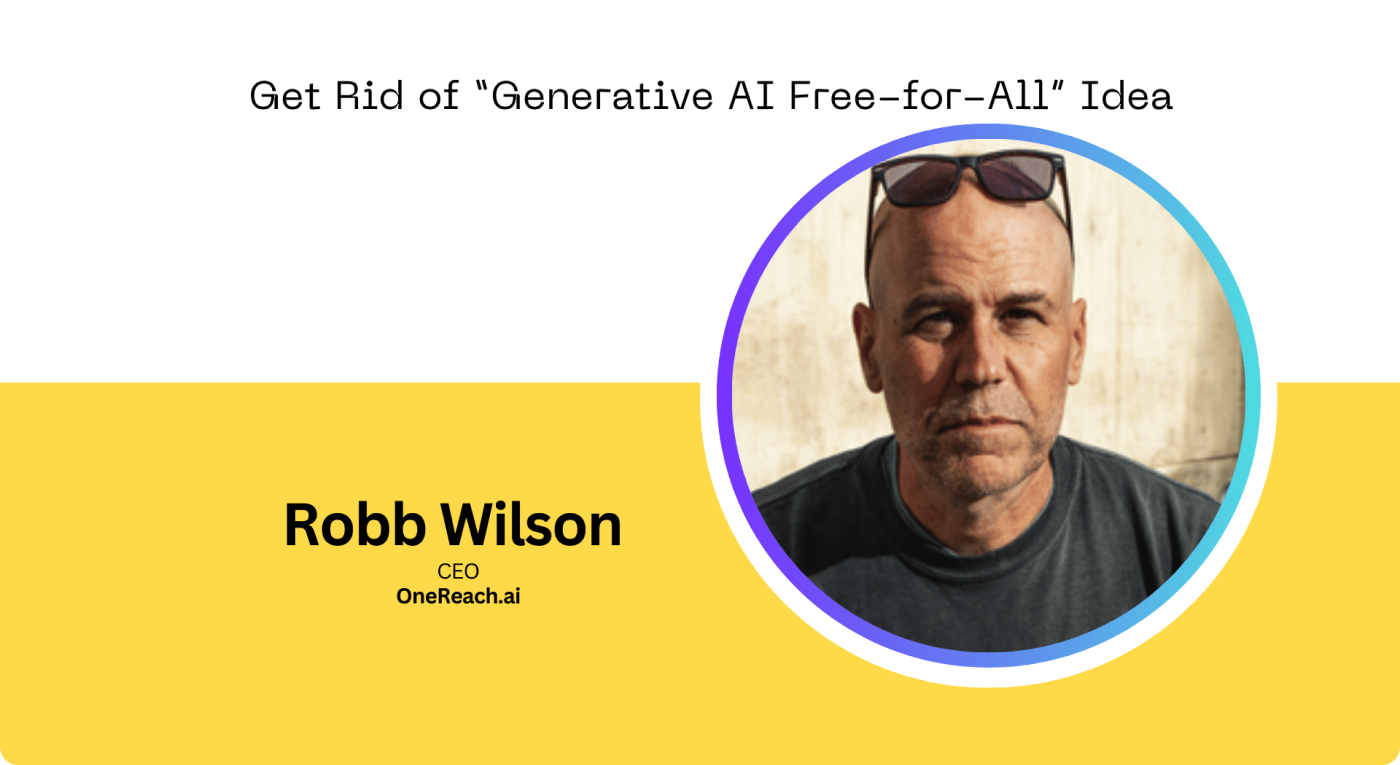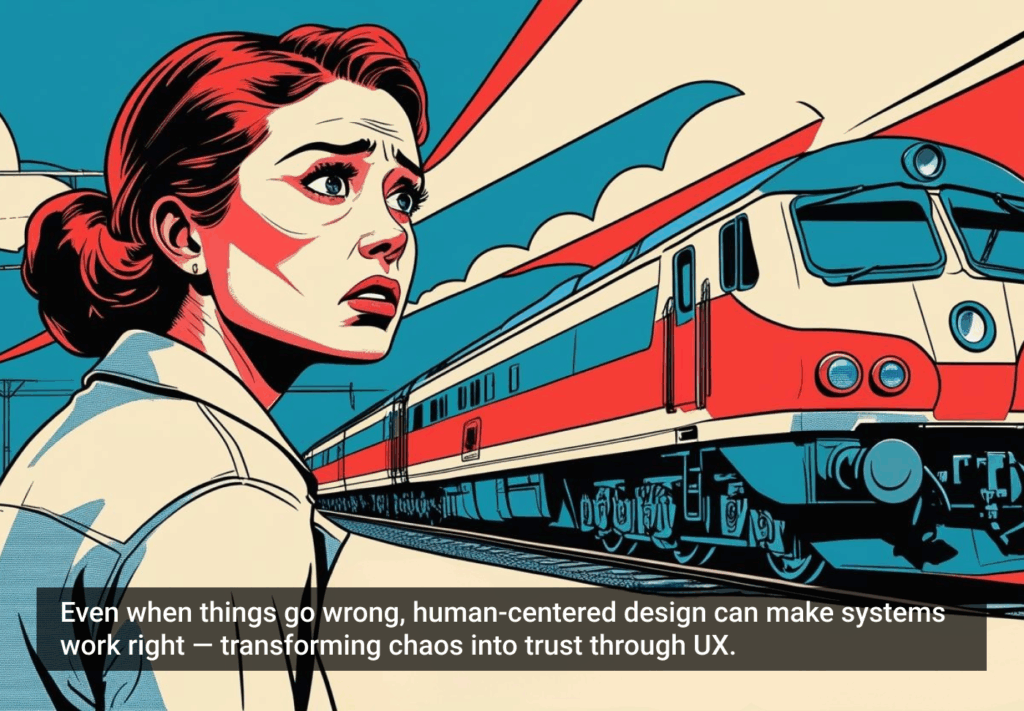The allure of new technology is often proportional to the amount of work it requires for organizations to properly implement it. This is especially true for the many technologies associated with AI. For enterprises, the goal should be to restructure their operations around these powerful tools to create an organizational artificial general intelligence (AGI) that benefits employees and customers alike. Augmenting your team with nimble intelligent digital workers (IDWs) that understand your operations unearths massive opportunities.
Unfortunately, there are some popular anti-strategies setting companies back in a quest that’s plenty difficult to begin with. Learn to recognize the common (but often overlooked) Unintelligent AI Strategies and then steer clear with all your might.
Become a member to read the whole content.
Become a member







